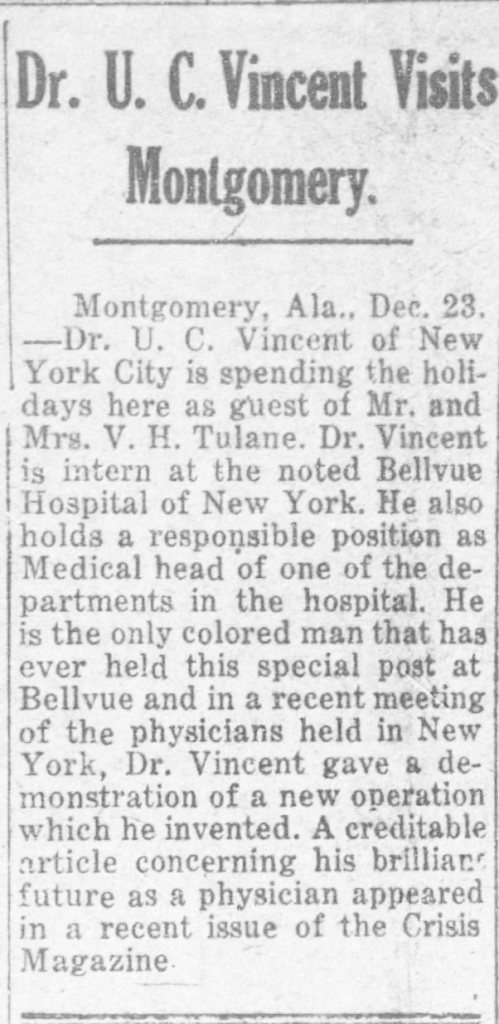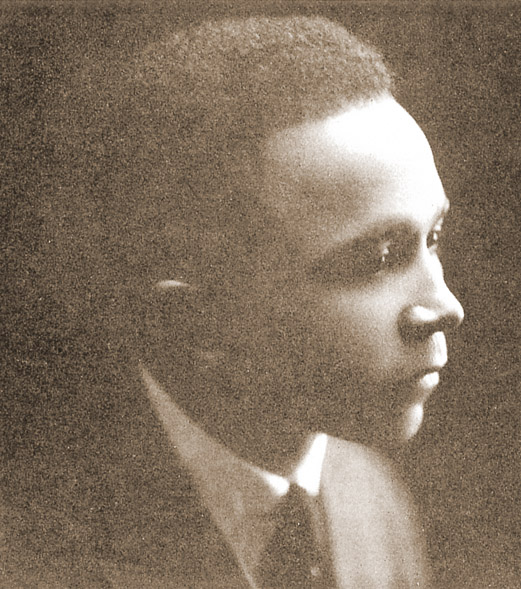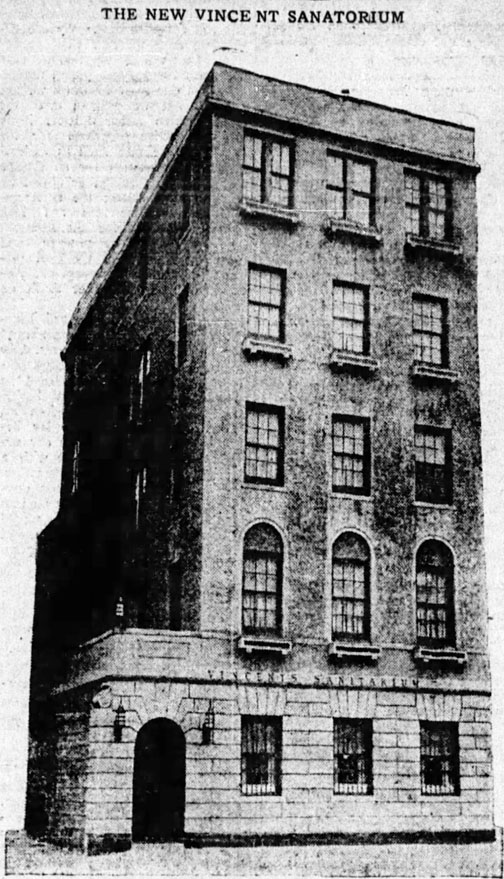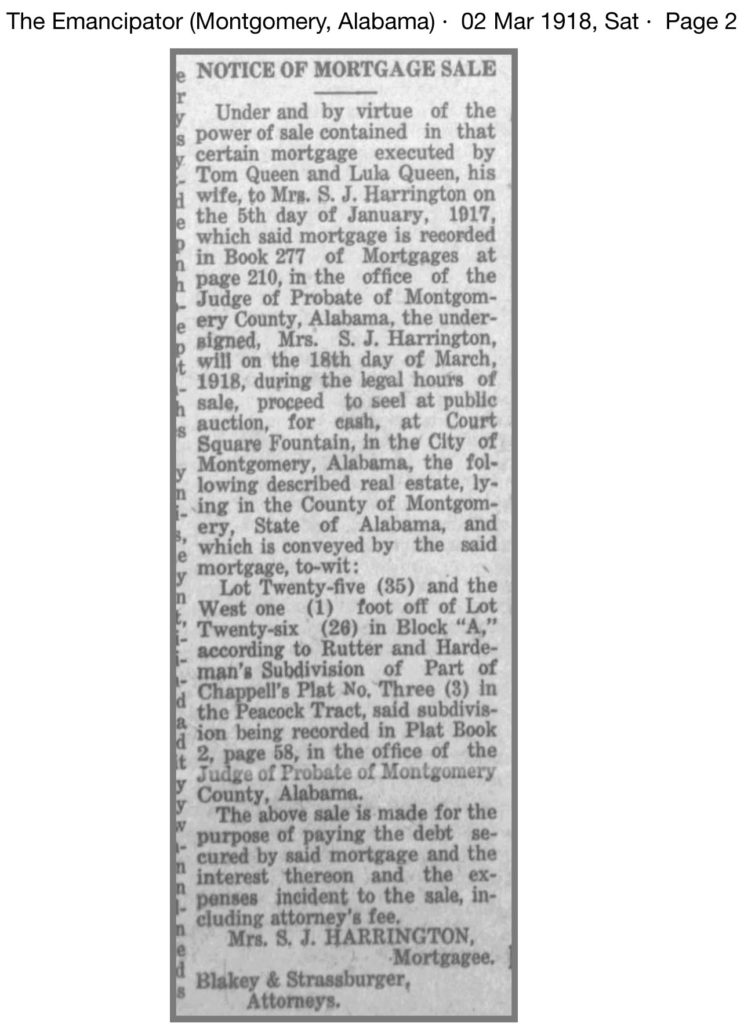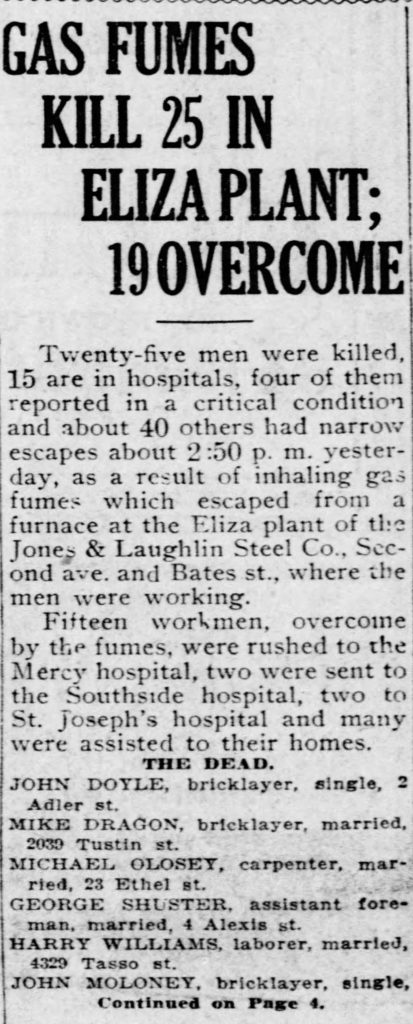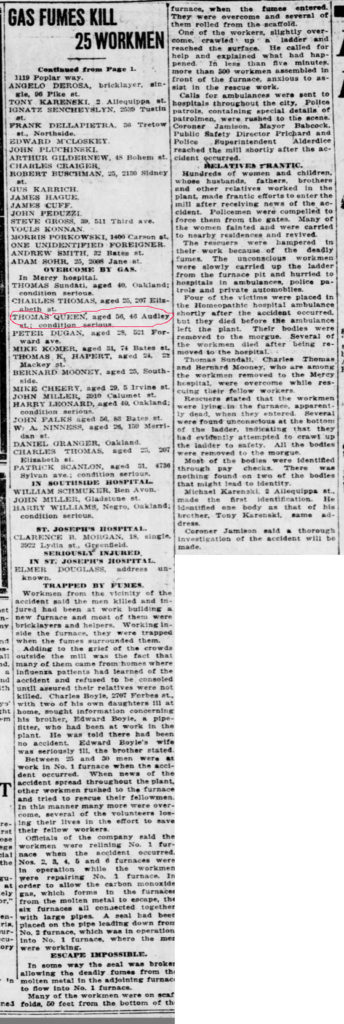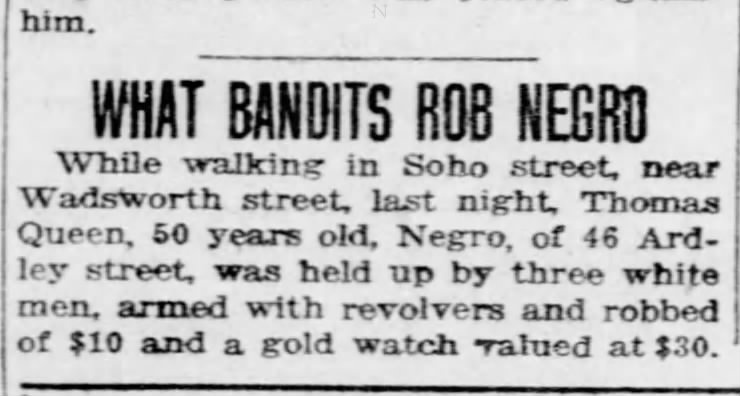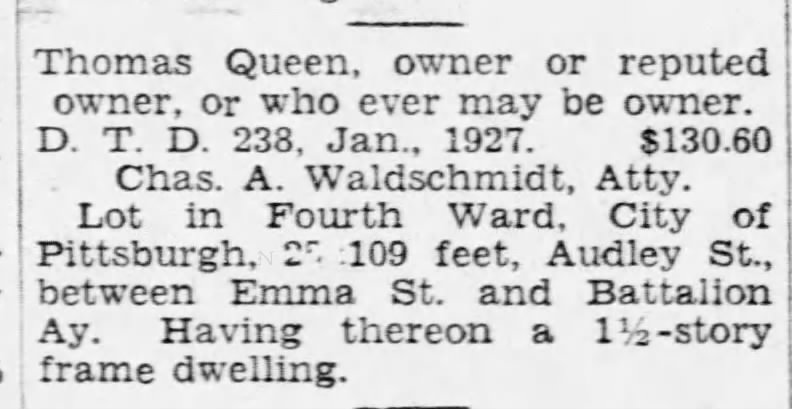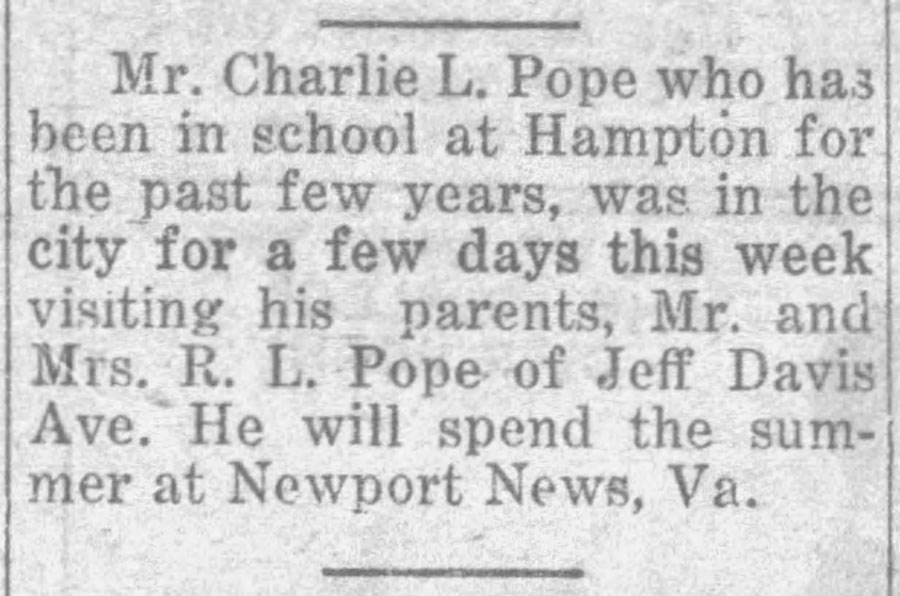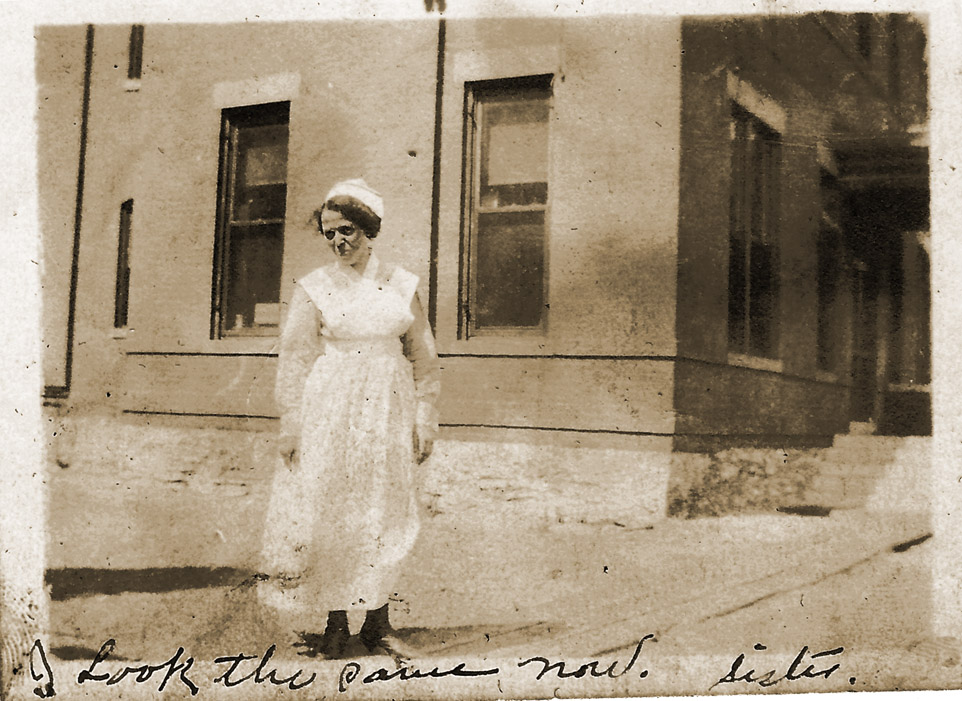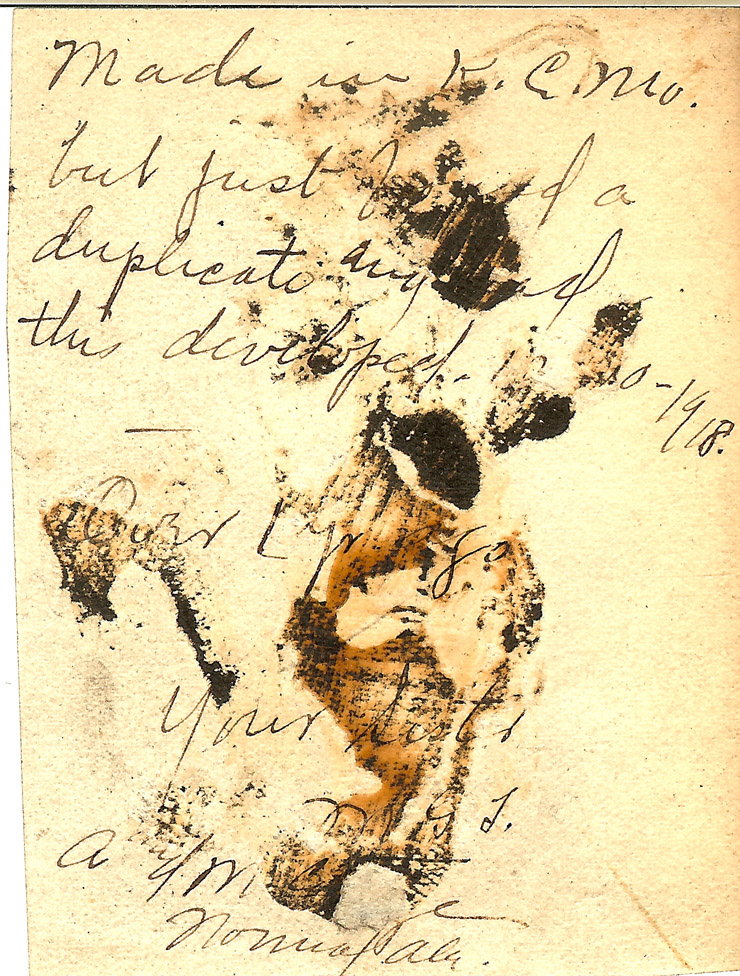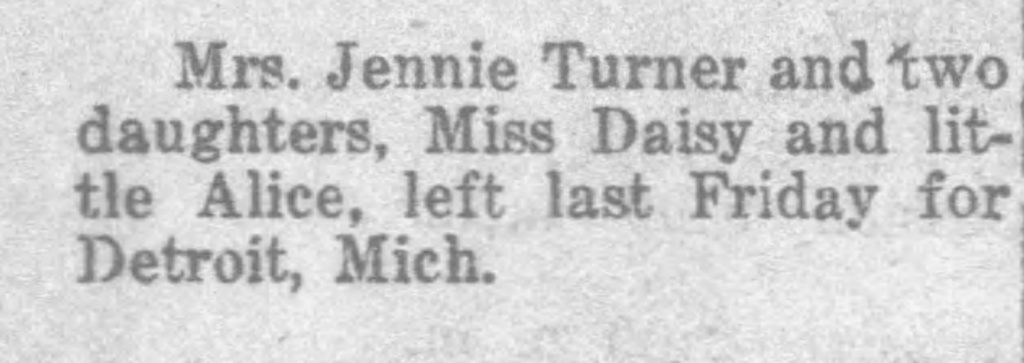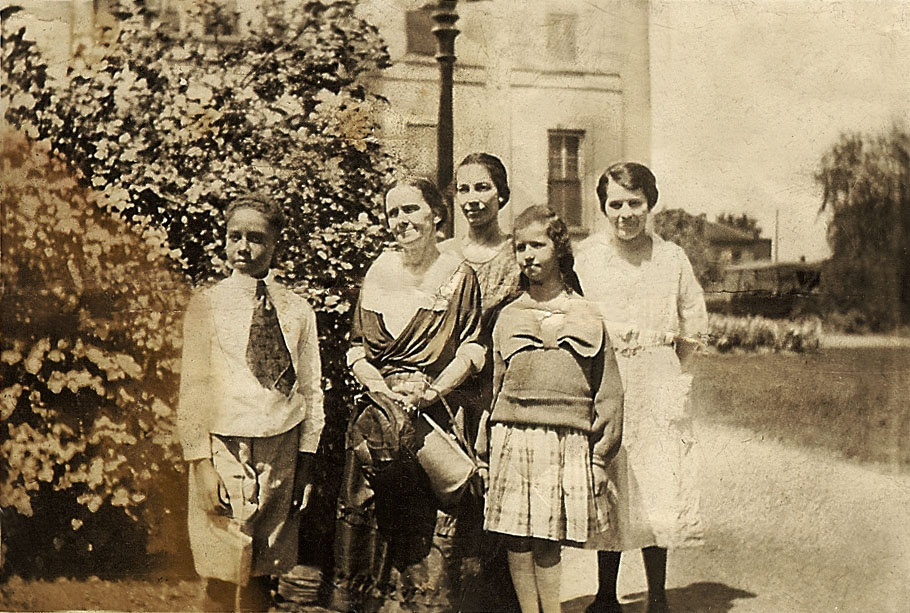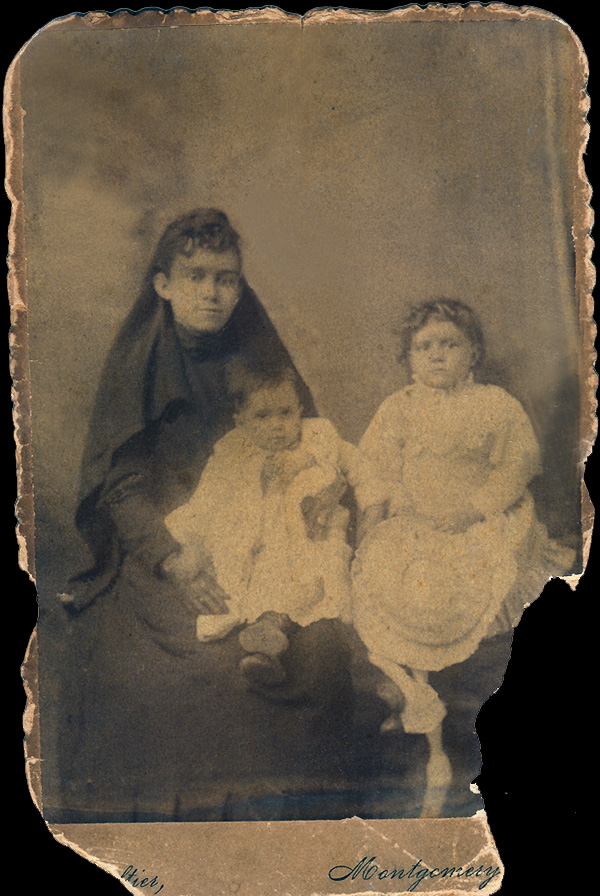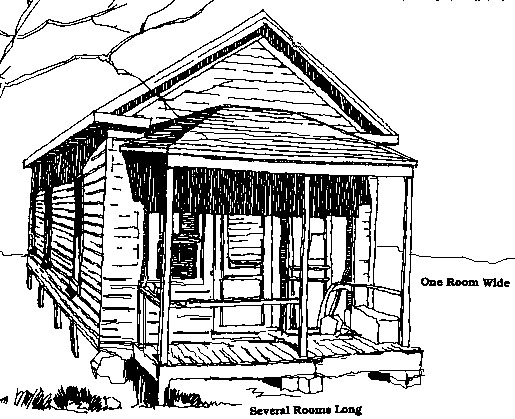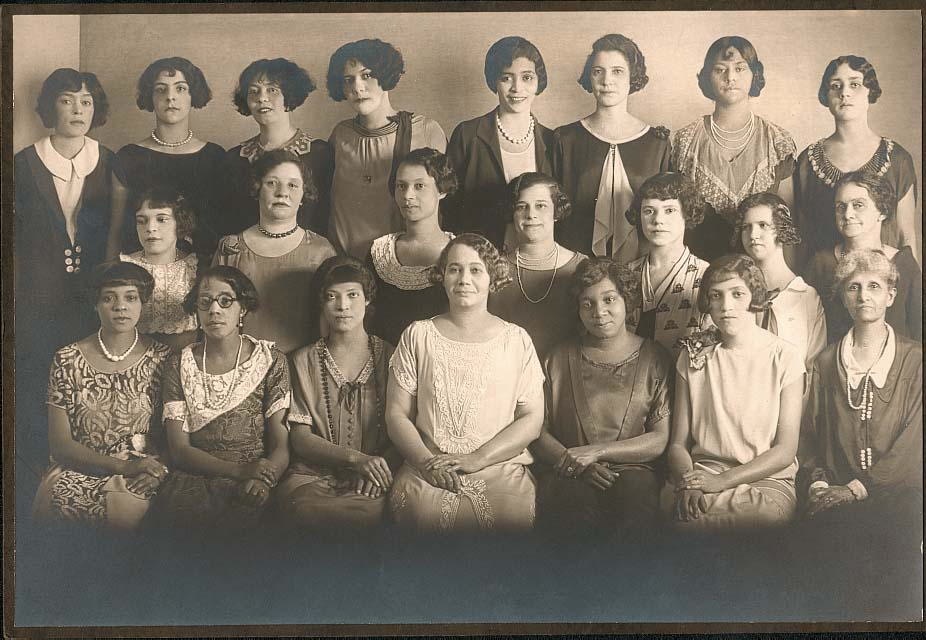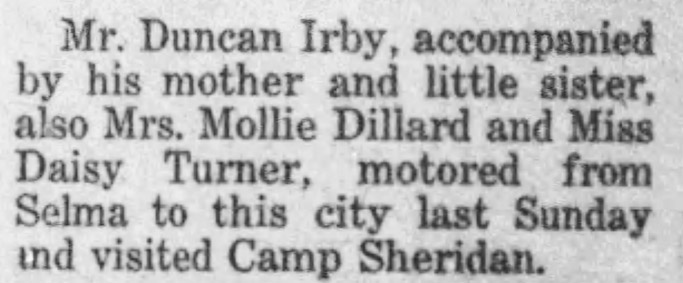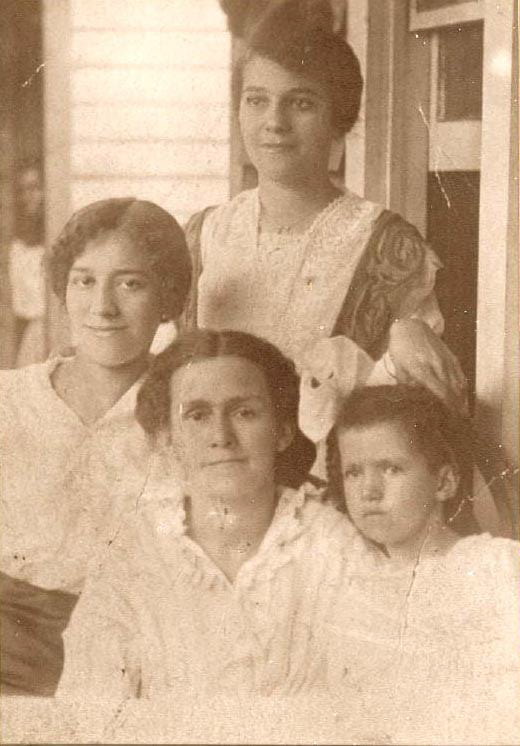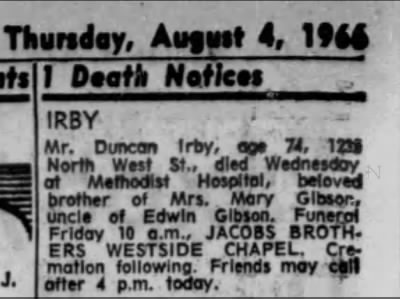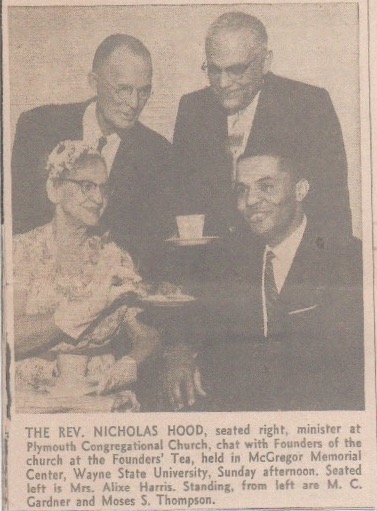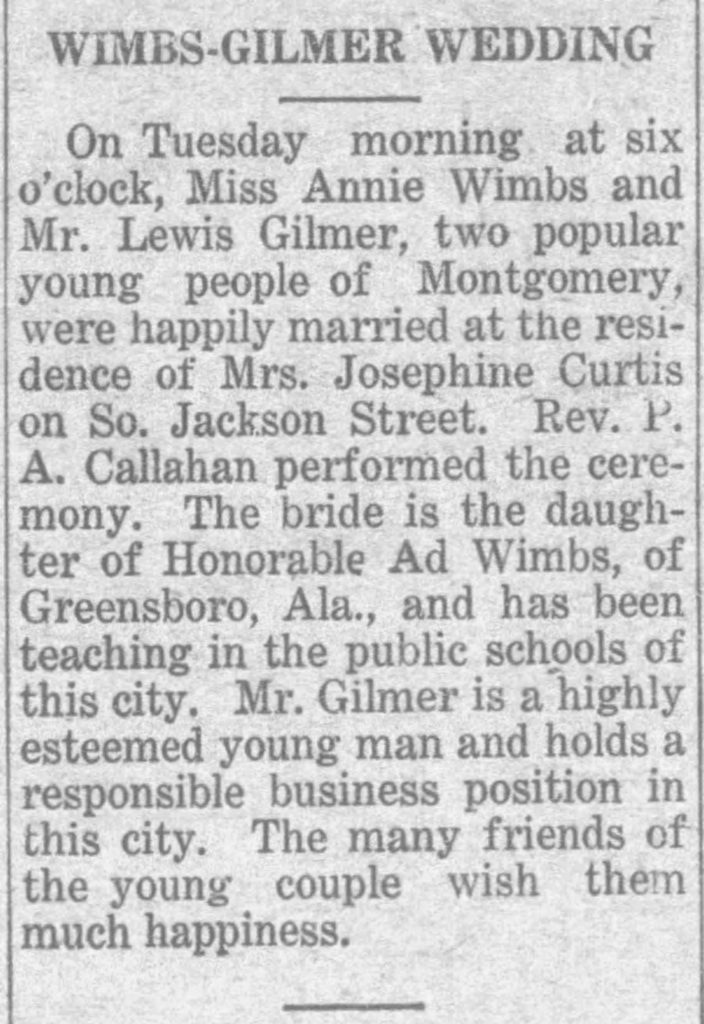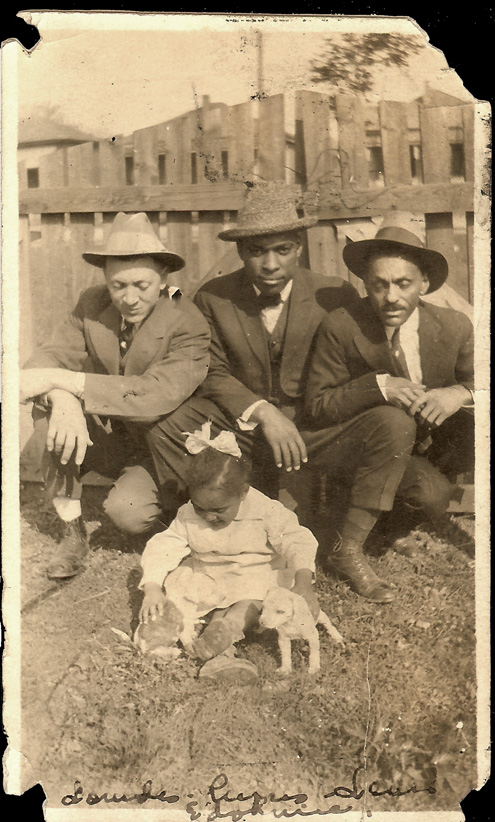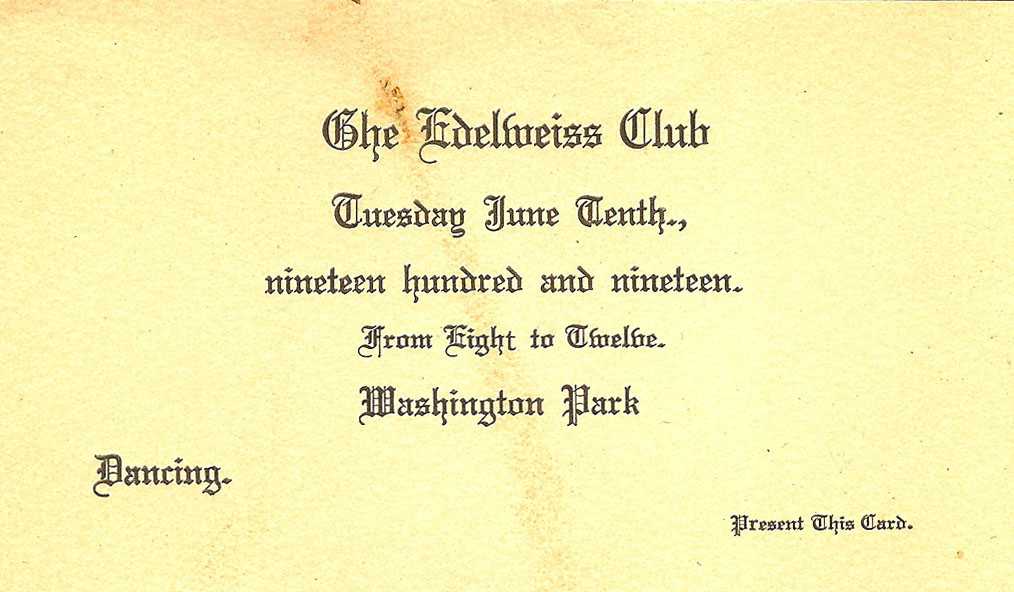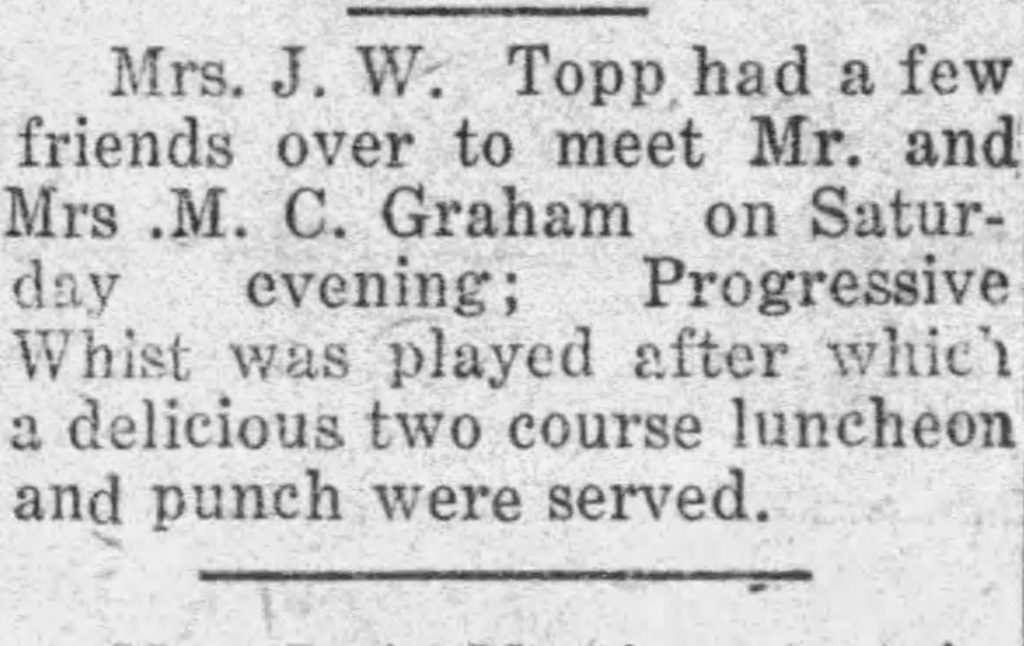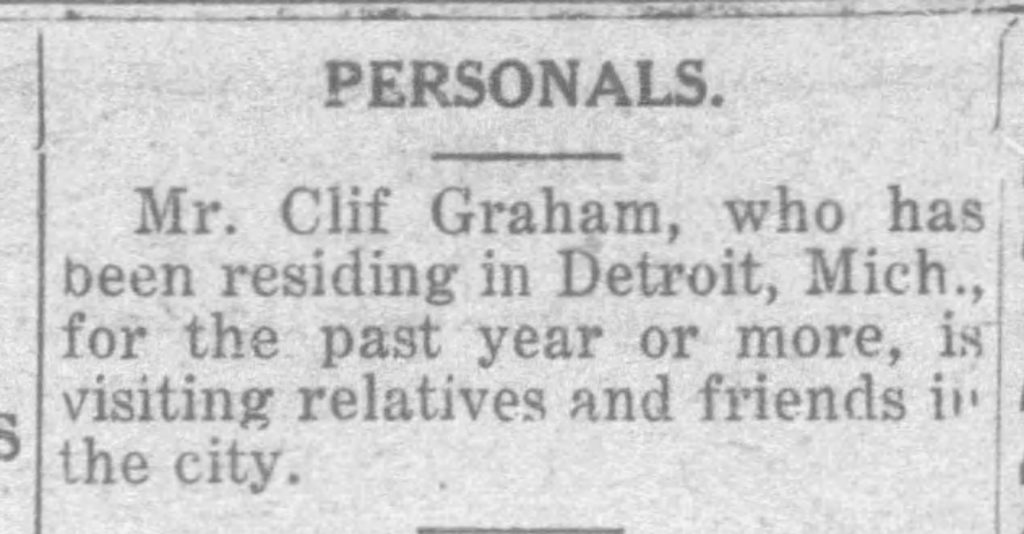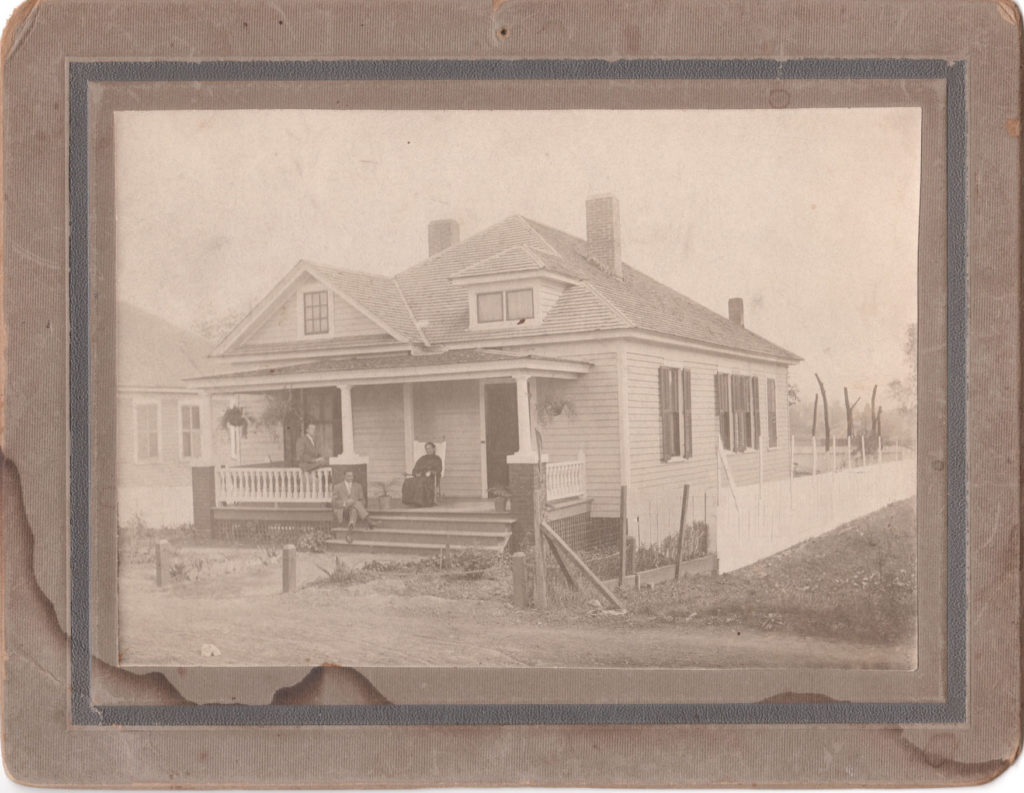This year I am going through an alphabet of news items taken from The Emancipator newspaper, published between 1917 and 1920 in Montgomery, Alabama. All of the news items were found on Newspapers.com. Each item is transcribed directly below the clipping. Click on any image to enlarge.
_____________
Ubert C. Vincent married my grandmother Fannie’s first cousin, Naomi Tulane. You can read about their wedding under “N” for Naomi.
Dr. U.C. Vincent Visits Montgomery
Montgomery, Ala., Dec. 23.
Dr. U.C. Vincent of New York City is spending the holidays here as guest of Mr. and Mrs. V.H. Tulane. Dr. Vincent is an intern at the noted Bellevue Hospital of New York. He also holds a responsible position as Medical head of one of the departments in the hospital. He is the only colored man that has ever held this special post at Bellevue and in a recent meeting of the physicians held in New York, Dr. Vincent gave a demonstration of a new operation which he invented. A creditable article concerning his brilliant future as a physician appeared in a recent issue of the Crisis Magazine.
____________________
I think this obituary gives a good over view of his life.
To Bury Dr. U.C. Vincent From Mother A.M.E. Zion Church
Dec. 22nd at 1 P.M.
New York Amsterdam News Dec 24, 1938 pg. 1; ProQuest Historical Newspapers
Funeral services for Dr. U. Conrad Vincent, well-known Harlem surgeon who died of a kidney ailment Sunday at his home, 251 West 128th street will be held in Mother A.M.E. Zion Church, 140-6 West 137 street, Thursday at 1 p.m. The Rev. B.C. Robeson, pastor of the church and the Rev. Adam Powell, Jr., pastor of Abyssinian Baptist Church, will conduct the services. Burial will be in Woodlawn Cemetery.
Although ailing since June and often suffering much pain, Dr. Vincent carried on his practice until a late hour Saturday. He took a sudden change for the worse Sunday morning and died at 2:45 p.m.
Dr. Vincent was born in Raleigh, N.C. forty-five years ago, and was the son of Dr. Andrew Vincent, a former professor in Shaw University. He studied medicine at the University of Pennsylvania, from which he was graduated in 1918.
After receiving his medical degree, Dr. Vincent served in internship in Bellevue Hospital in 1919. During that year he was resident surgeon under Dr. E.L. Keyes. He was reputed to be the first Negro to enter Bellevue Hospital as an intern.
Dr. Vincent started the practice of medicine in June 1920 with the ambition of establishing in Harlem a modern sanatorium for the hospitalization of the community’s well-to-do. He set to work on his ambition, which became an obsession in 1927, and his dream was realized on March 17, 1929, when the institution was opened to the public.
Vincent’s Sanatorium, as it was named, was a fifty-bed fireproof five-story structure at 2348 Seventh avenue, said to have been built and equipped at a cost of $150,000.The building is now being used to house a WPA music project.
With the failure of the hospital undertaking in September 1930, Dr. Vincent’s health and spirit received a severe blow, from which he never recovered. It is believed. He enjoyed a large practice, specializing in genitourinary diseases.
Dr. Vincent was married in 1920, and is survived by his widow, Mrs. Naomi Tulane Vincent; a son, U. Conrad Vincent, Jr., 15; three daughters, Sylvia, 9; Jacqueline, 4, and Barbara, 18 months; three sisters, Mrs. Pearl Morton, Mrs. Reba Ragsdale, Misses Ruth and Bernice Vincent and a brother Alfred Vincent, all of New York City.
Wainwright & Sons, undertakers, of 162 West 136th street, are in charge of the funeral arrangements.
“The Harlem Surgical Society regrets deeply the death of one of its esteemed members. Dr. U. Conrad Vincent.” a letter from that group states. “Dr. Vincent by his scientific work, reflected great credit on the entire Negro profession, and Dr. Vincent also directed alone the finest private hospital that this community has ever had, and it probably would have been open today had it not been for the fact that he became ill about that time.
“In addition to being a very able surgeon, Dr. Vincent was always interested in the general welfare of all the people of this community. He rendered great service to the poor of Harlem as a member of the Surgical Staff of Harlem Hospital.”
Signed:
Dr. Louis T Wright, President
Dr. Joel V. Holden, Secretary
____________________
I want to add this –
“In 1918, Bellevue accepted its first African-American resident, Dr. Ubert Conrad Vincent. This was an historic event. He was one of the ew African Americans to become an intern at a major U.S. hospital during that time, and so his appointment received national attention. Dr. Vincent had graduated from the University of Pennsylvania earlier that year. His matriculation at Bellevue Hospital was temporarily delayed because the offer was recinded after his picture was forwarded. Dr. Deaver, a professor from the University of Pennsylvania, played a role in ensuring that he could start his urology residency, albeit three months late.
Dr. Vincent had a successful tenure at Bellevue Hospital. He trained under Dr. Edward Keyes, the founder of the American Association of Genito-Urinary Surgeons in 1888, and it’s first president. Gr. Vincent introduced and improved a procedure for surgical relief of varicoceles known as the “Vincent Operationn”, described in Keyes’ urology textbook.” from The Journal of the National Medical Association Vol. 96, No. 3, March 2004 pg. 373
I found this information on Ancestry.com in Census Records, Directories, Death Records and Military Records. News items were found on Newspapers.com and Genealogy Bank.
